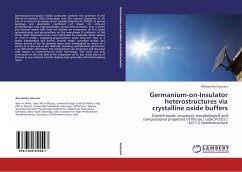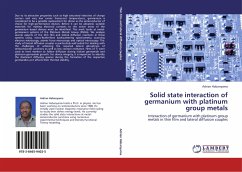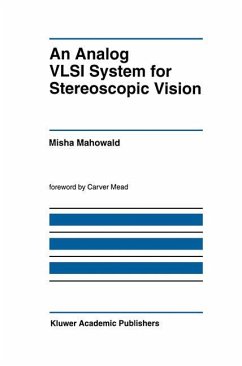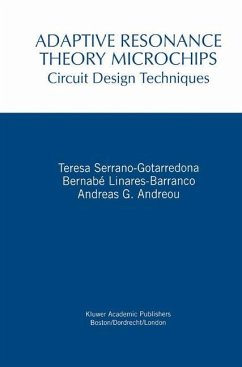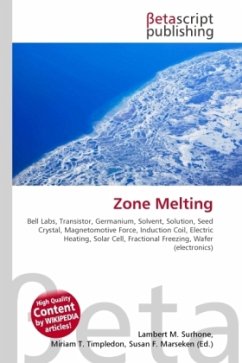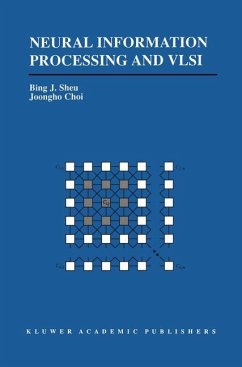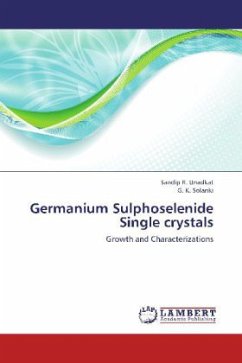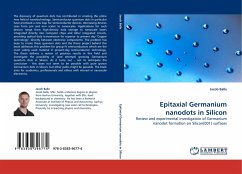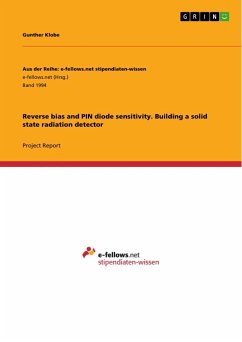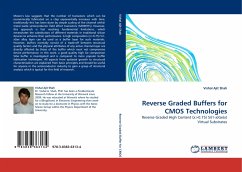
Reverse Graded Buffers for CMOS Technologies
Reverse Graded High Content (x>0.75) Si(1-x)Ge(x) Virtual Substrates
Versandkostenfrei!
Versandfertig in 6-10 Tagen
52,99 €
inkl. MwSt.

PAYBACK Punkte
26 °P sammeln!
Moore s law suggests that the number of transistors which can be economically fabricated on a chip exponentially increases with time, traditionally this has been done by simple scaling of the channel within metal oxide semiconductor field effect transistors (MOSFETs). However, this approach is fast reaching fundamental limitations, which necessitates the substitution of different materials in traditional silicon devices to enhance their performance. A high composition (x0.75) Si1-xGex alloy layer can be used as a buffer layer for such materials. However, buffers normally consist of a trade-off...
Moore s law suggests that the number of transistors which can be economically fabricated on a chip exponentially increases with time, traditionally this has been done by simple scaling of the channel within metal oxide semiconductor field effect transistors (MOSFETs). However, this approach is fast reaching fundamental limitations, which necessitates the substitution of different materials in traditional silicon devices to enhance their performance. A high composition (x0.75) Si1-xGex alloy layer can be used as a buffer layer for such materials. However, buffers normally consist of a trade-off between structural quality factors and the physical attributes of any active channel layer are directly affected by those of the buffer which must not compromise device performance. In this work, a good quality high Ge composition SiGe buffer is investigated and is compared to more popular buffer fabrication techniques. All aspects from epitaxial growth to structural characterisation are explained from basic principles and should be useful for anyone in the semiconductor industry to gain a grasp of structural analysis which is typical for this field of research.



